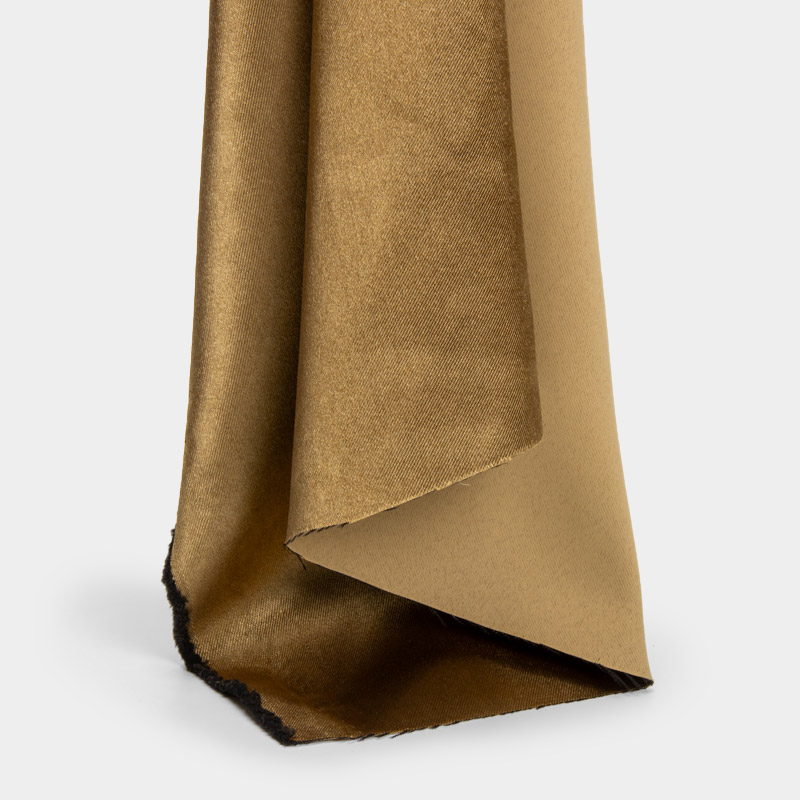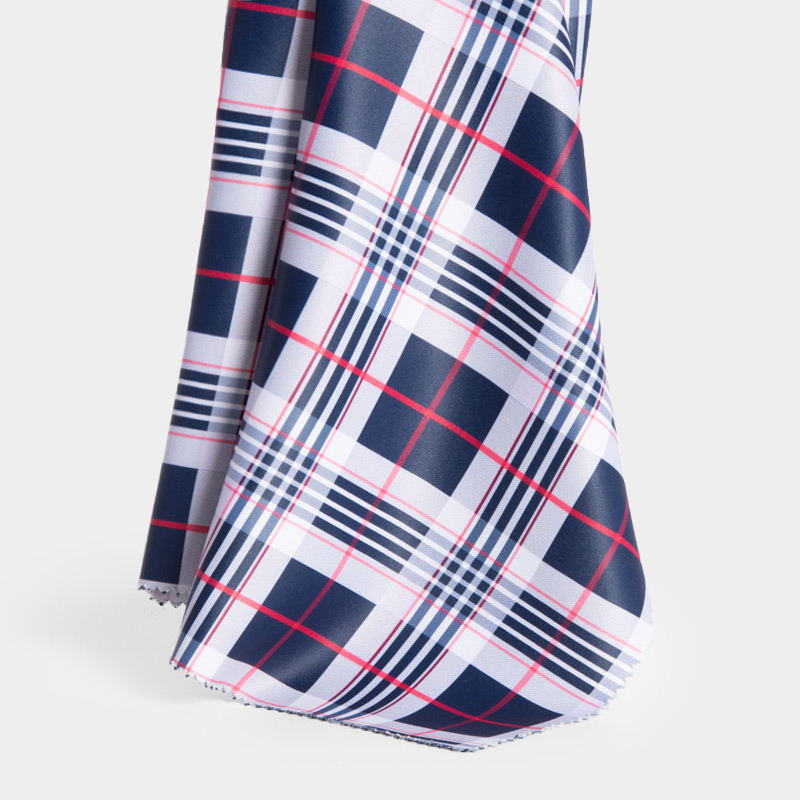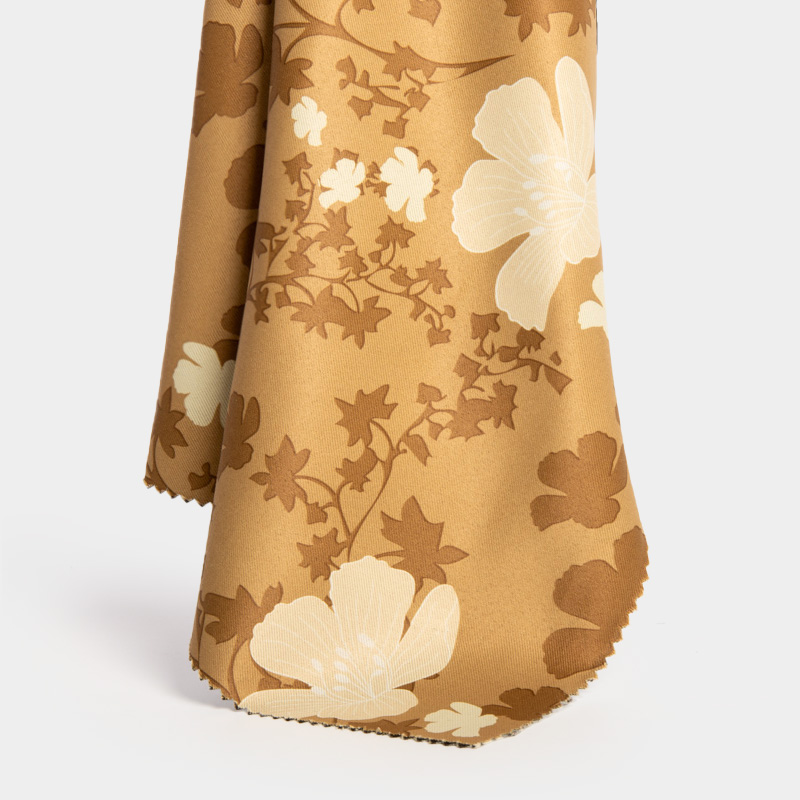Begoodtex® FR
BEGOODTEX inherent flame retardant fabric
Can’t Find What You Are Looking For? Find Out About Our Bespoke Design Solutions.
SATIN fabric, Air jet loom.

SKU: BG-C120-802

SKU: BG-M22-1103

SKU: BG-M23-807